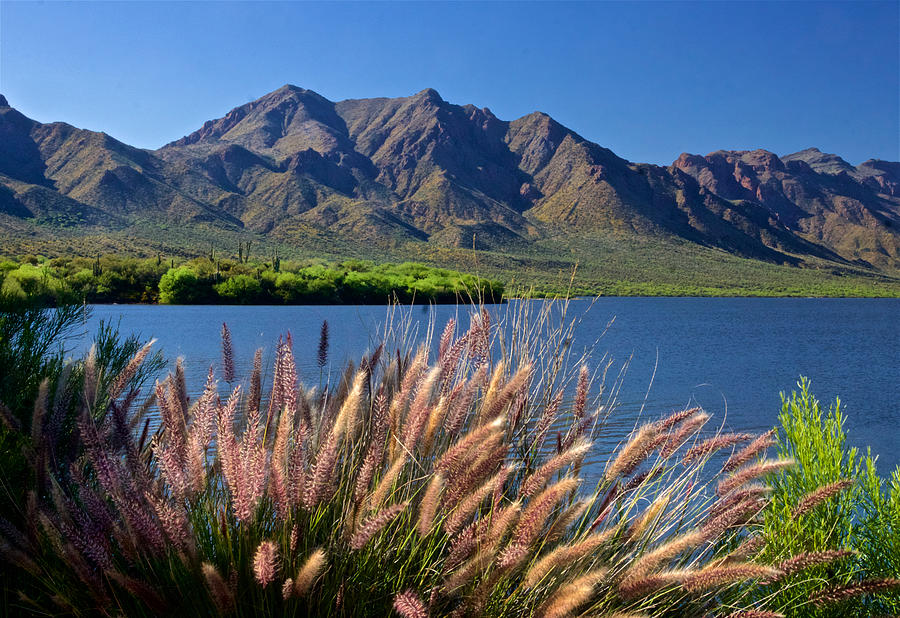
Foreground, Middleground,Background Photograph by Rudolf Volkmann Fine Art America
Foreground, Middleground, and Background in an Image. I will start with a typical example, comprising all the three elements- Foreground, Middleground, Background. This is an image of an ancient ruined temple, which I clicked from Hampi, India. The beautiful green patch of grass becomes the foreground area. The ruined temple, which is the main.
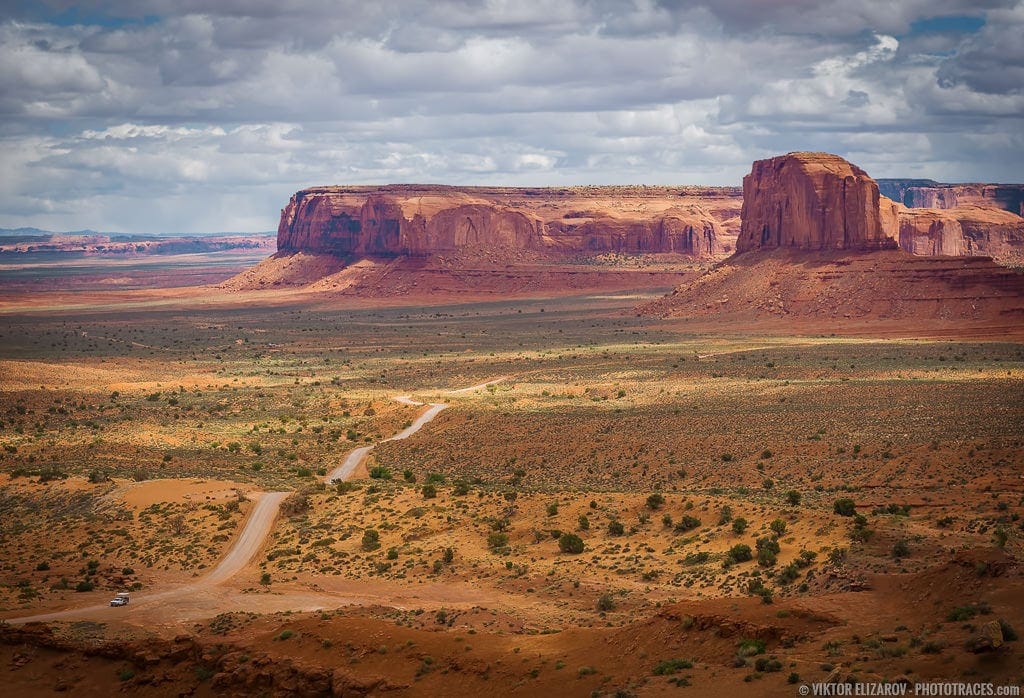
Foreground, Middleground and Background in Landscape Photography Composition • PhotoTraces
Artist Amber Zimmerman helps you understand the concepts of foreground, middleground, and background in art. Materials: paper, pencil, eraser, crayons/colore.
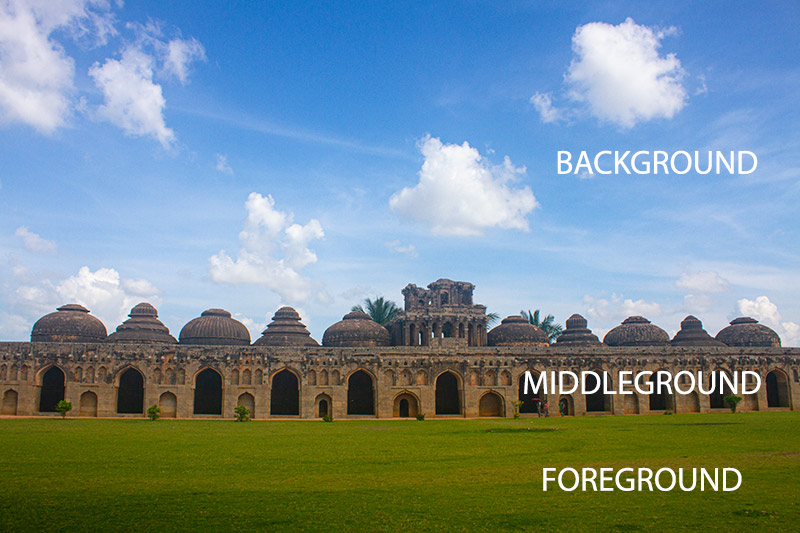
Foreground, Middleground, Background in Photography PhotographyAxis
What are the foreground, middle ground, and background? The element of the photo closest to you makes up the foreground. The furthest element away from you is the background, while the middle ground makes up the area in between. Not all photos have (or need) all three elements — some might only have a foreground and background, or a middle.
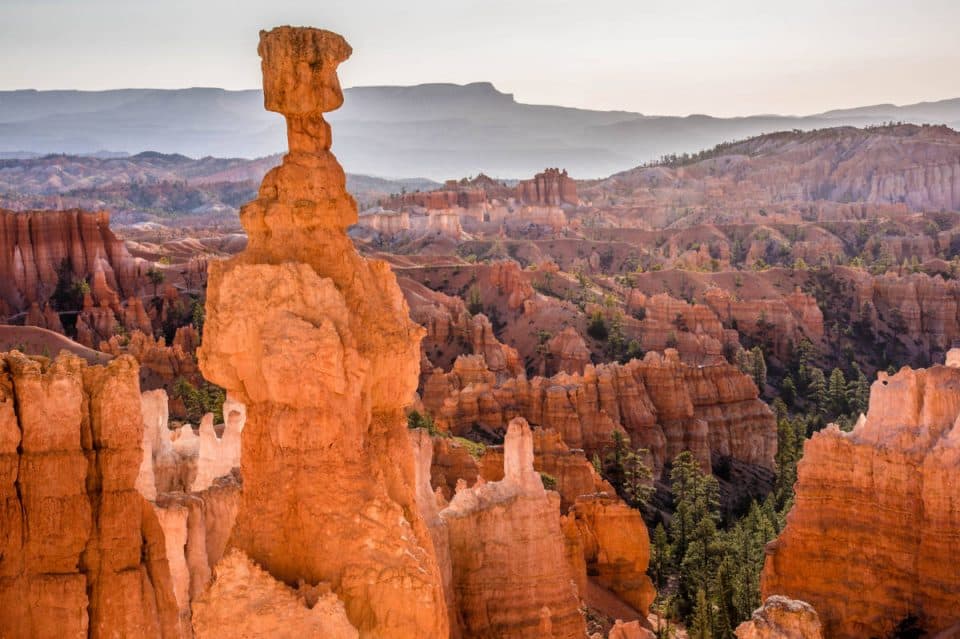
Using Foreground, Middleground, Background in Landscape Photography PhotoJeepers
Probably the most important convention of Western representational painting is the carving of 3D depth on a 2D surface. In this video I show how you can clar.
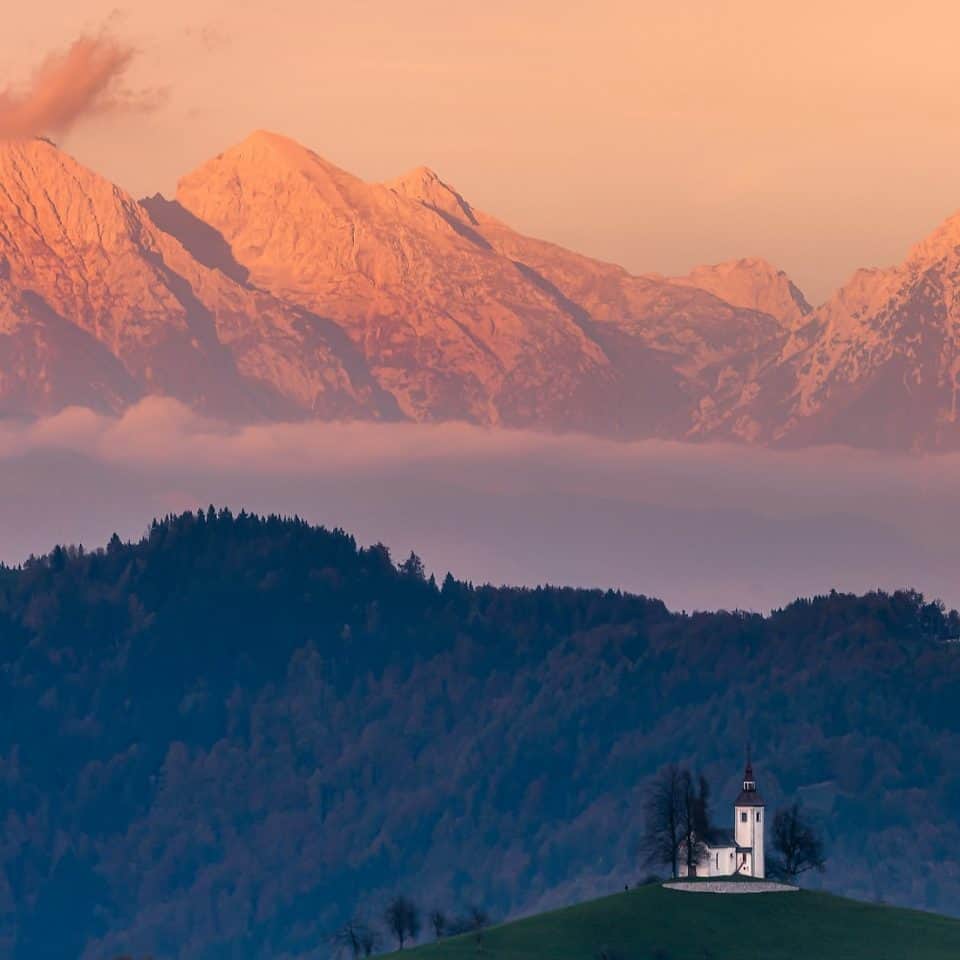
Foreground, Midground, Background Photography Ideas PhotoJeepers
At its core, art is all about effectively conveying a message, eliciting emotions, or telling a story. This is where the concept of foreground, middleground, and background comes into play. These three elements form the foundation of composition, allowing artists to craft immersive and engaging visuals that captivate the viewer's imagination. 1.
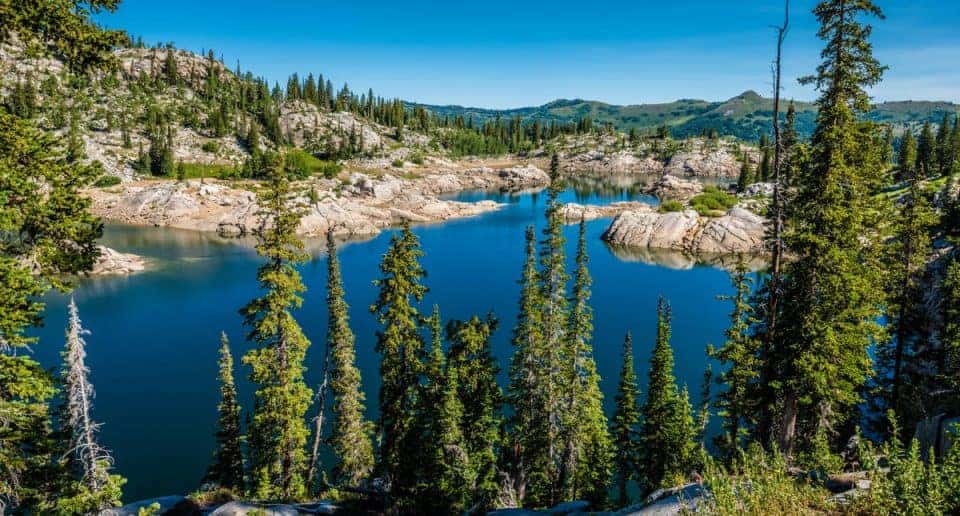
Using Foreground, Middleground, Background in Landscape Photography PhotoJeepers
A composition with multiple layers is often more complex and interesting. The three layers in a photograph, a video, or a painting are 1) the foreground, 2) middle ground, and 3) background. Delving into these layers helps to shape an image's narrative, depth, and perspective. In this article, we'll explore these layers, their significance.

Foreground Middleground Background Photograph by Rudolf Volkmann Pixels
the foreground rocks to the background horizon and sky. Once you've got a scene with foreground and middleground elements, a strong compositional element to think of is a line or curve that takes the viewer on a tour of everything in the scene. It could be something like a road or a fence, a wall or railing that immediately grabs the viewer.
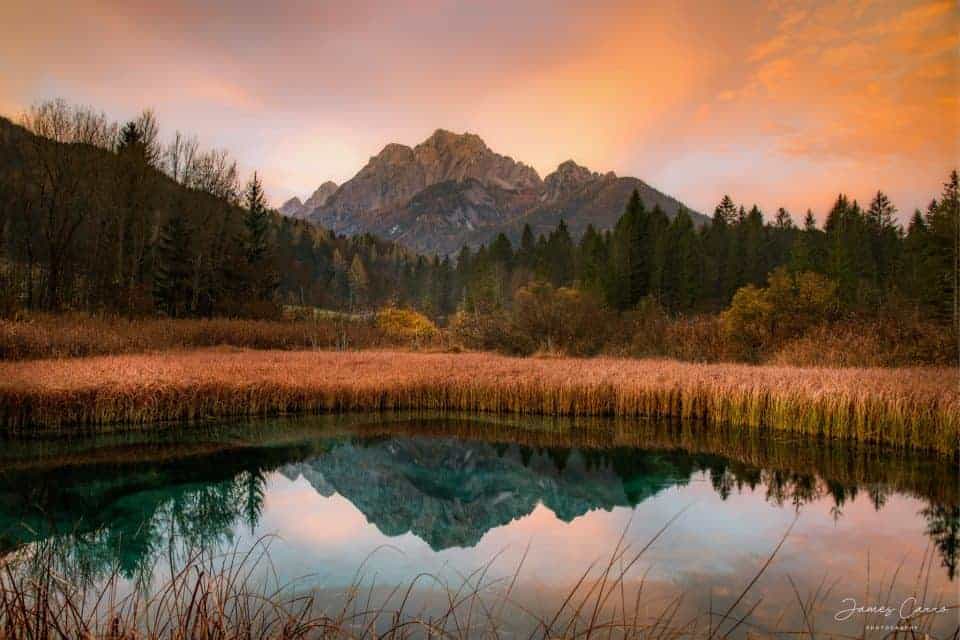
Foreground, Midground, Background Photography Ideas PhotoJeepers
In landscape photography, the Middleground is the area between the foreground and the background - it's what ties the two elements together. It generally lies somewhere in the middle of the frame. (Portrait photography doesn't tend to have a middleground.) The Background is the area furthest away from the photographer's eye.
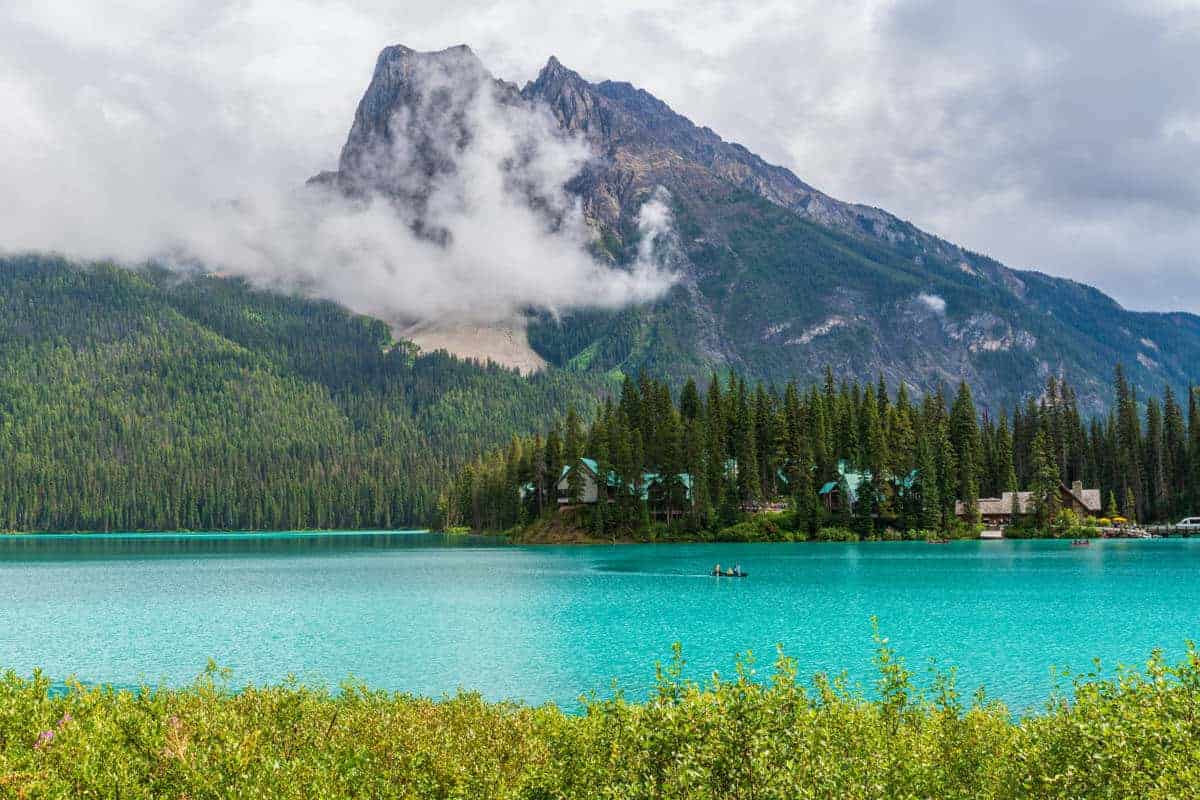
Using Foreground, Middleground, Background in Landscape Photography PhotoJeepers
The foreground, middle ground, and background refer to areas in space. The foreground refers to the nearest area. The background refers to the area of space in the distance. The middle ground occupies the space in between. I typically think of these concepts in a relative sense rather than an absolute sense.

Landscape Foreground Middleground Background Photography Skushi
The foreground element should be the first thing that the viewer sees, with the middle ground being next. These two elements, when combined correctly, take the viewer's eye naturally to the background which provides a sense of depth and further interest to the viewer. When you carefully combine the foreground, middle ground, and background in.
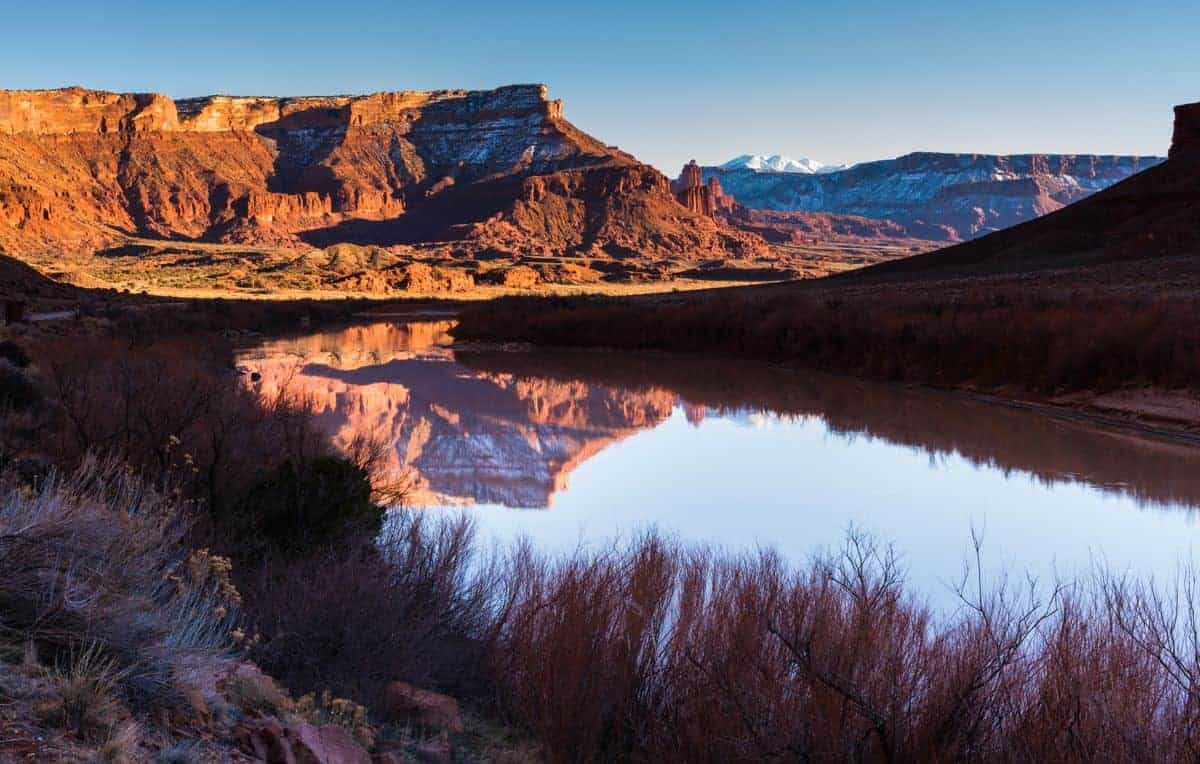
Foreground, Midground, Background Photography Ideas PhotoJeepers
Foreground, middle ground, and background are the three main elements of a landscape photo that help to create depth and give the image a sense of dimension. The foreground is the area closest to the camera and is often used to anchor the photo and provide a sense of scale. Examples of foreground elements include rocks, trees, and other natural.
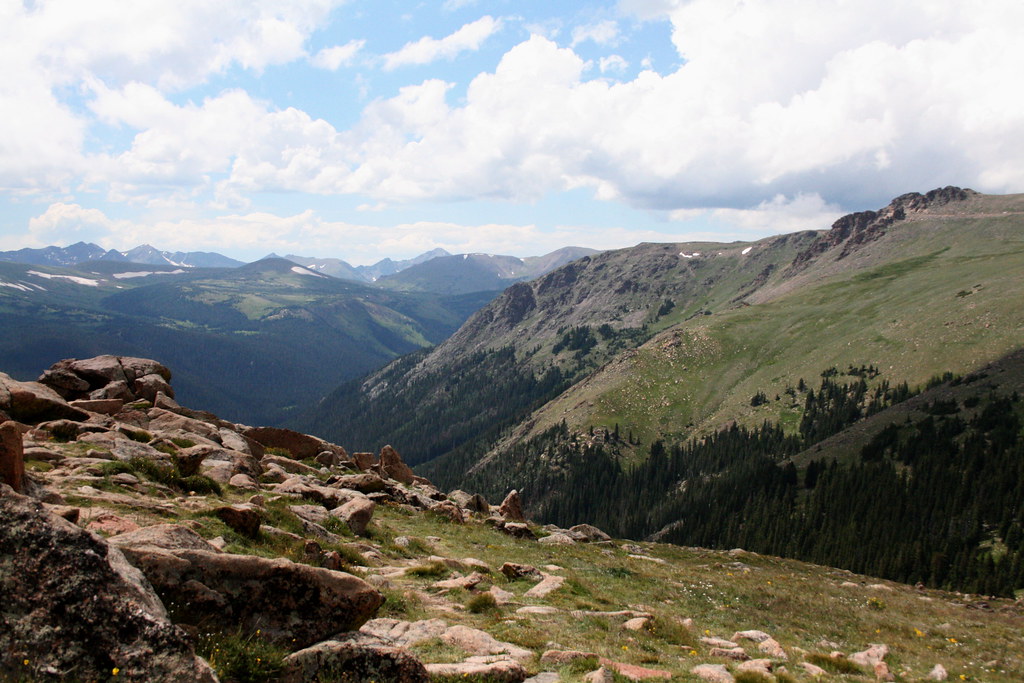
Foreground, Middleground, Background a photo on Flickriver
The foreground is the part of the photo that is close to the photographer's eye. The background is the part that is the farthest away from the photographer. So the middleground is the section between the foreground and the background. Unlike our human eyes which are 3-Dimensional, photos are usually compressed into a flat 2-Dimensional art.
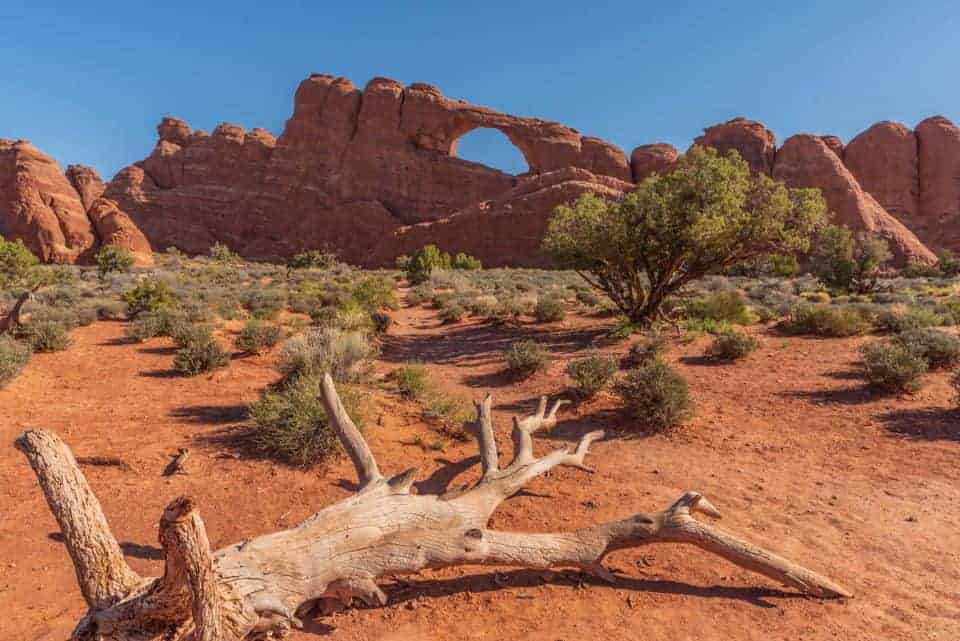
Using Foreground, Middleground, Background in Landscape Photography PhotoJeepers
A straightforward way of demonstrating how artists use overlapping via foreground, middle ground, and background to create space and perspective in two-dimensional artworks. Best suited for elementary and middle school students, this presentation utilizes illustrations, photographs, and paintings to identify and define foreground, middle ground.
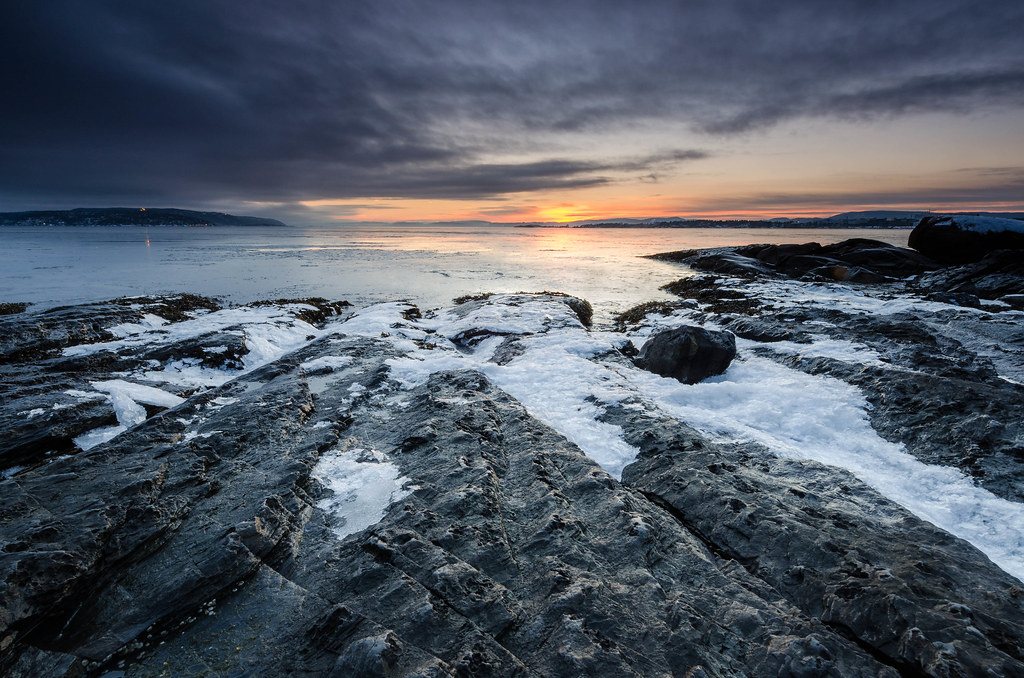
Foreground Middleground Background Assignment 1 Page 2 Cazillions Photography
In simple terms, the foreground is the part of the image that is closest to the camera. The background is the part of the image that is further away from the camera. So by default, the middleground is that what is in the middle of the foreground and the background. This might seem simple when it comes to scenes in real life which are often 3.
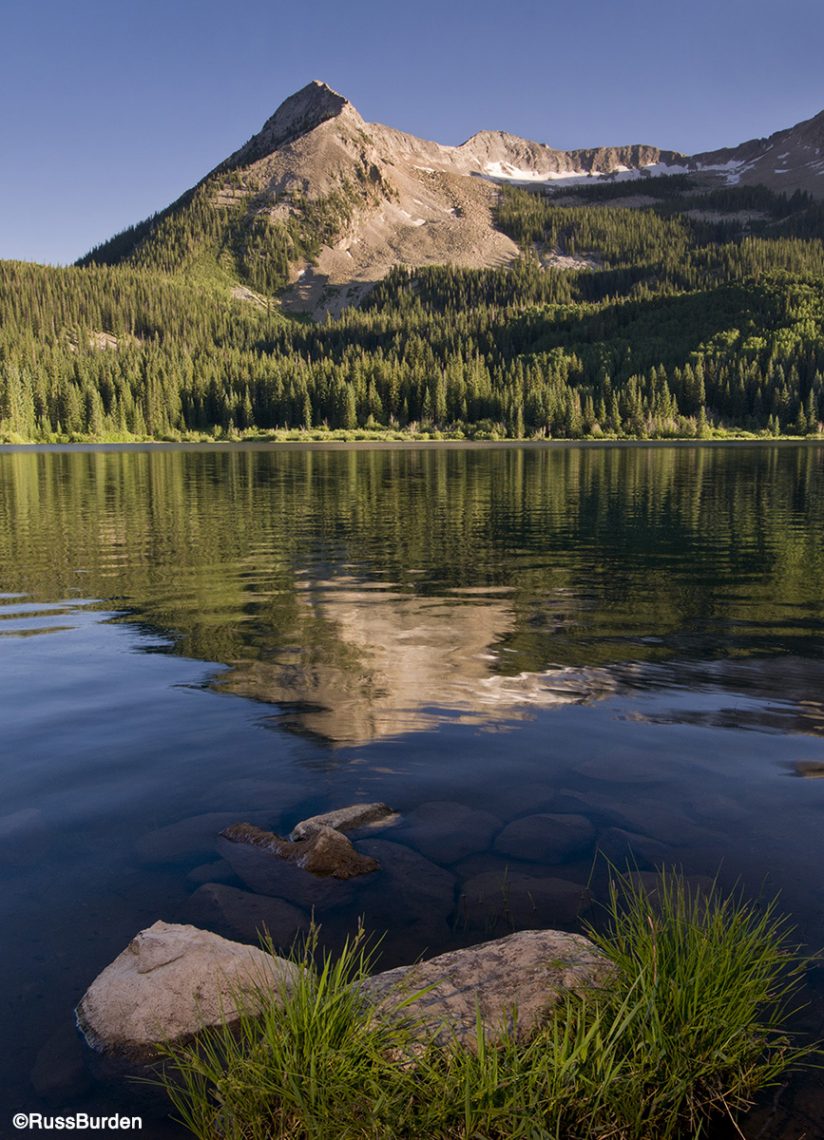
Foreground, Middleground, Background Outdoor Enthusiast Lifestyle Magazine
The foreground can contain anything, including a person's face, hands, feet, objects, and animals. Middleground. The middleground is where a lot of the action takes place in a photograph. This includes a person's body, clothes, and background. Foreground and Background. The best photos often show the same scene from two different angles.
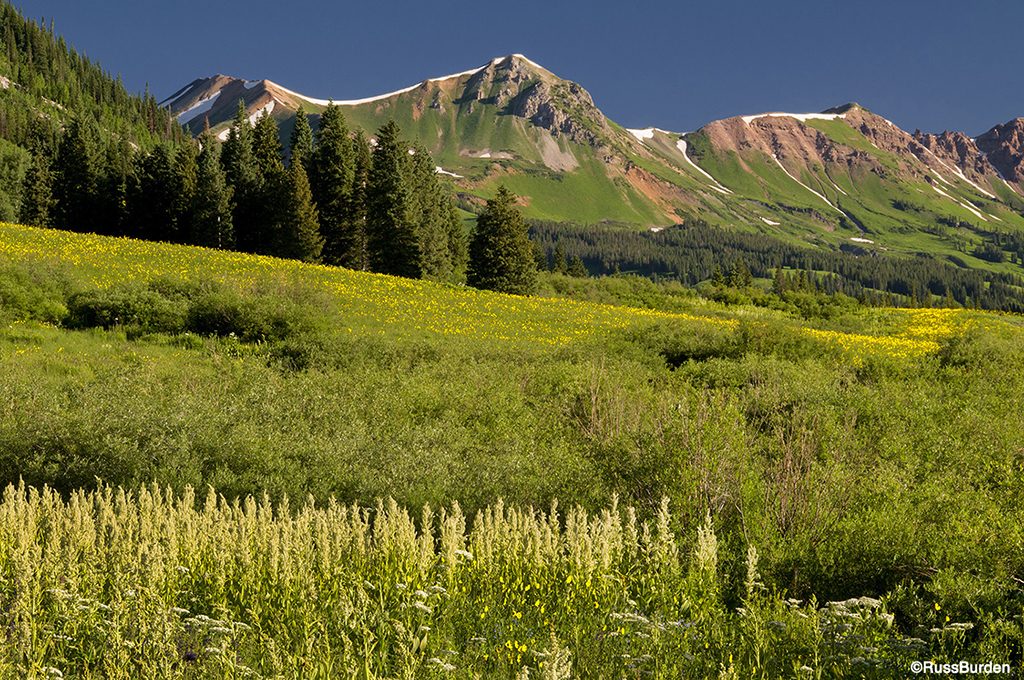
Foreground, Middleground, Background ⋆ Outdoor Enthusiast Lifestyle Magazine
This is the spatial concept of foreground, middle ground and background. The foreground refers to the area closest to the viewer, which will almost always be in the lower section of your picture. This area will contain the most detail and brightest colors. Detail and color intensity will both diminish as you move away from the viewer and toward.